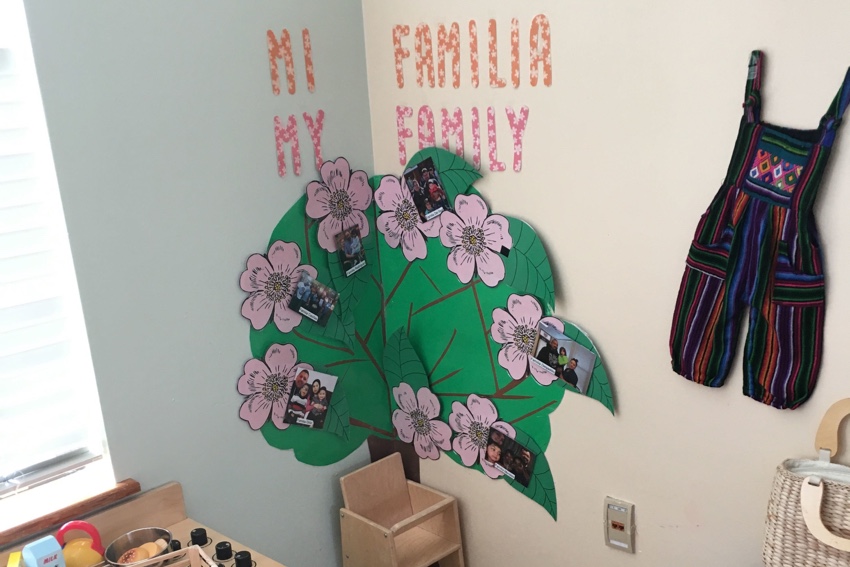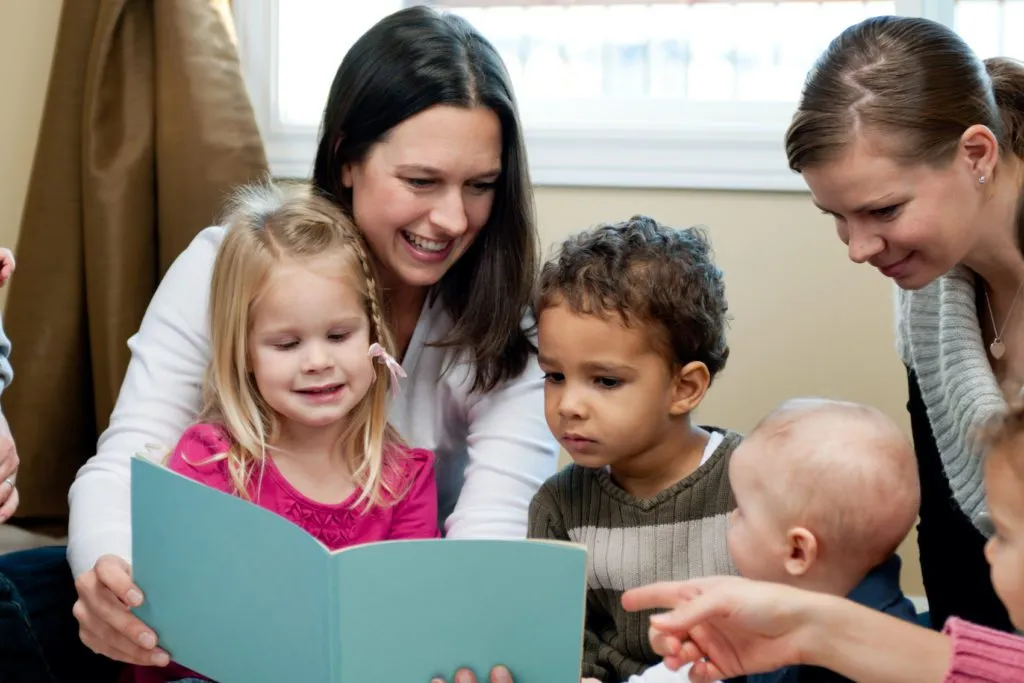Designing the Right Classroom Environment for Infants, Toddlers & Twos


Have you ever walked into a store and felt right at home and relaxed? In a store like this, you want to linger and examine everything. You can scan the room and get an idea of where everything is. The lighting and colors are cozy, warm, and relaxing. In this store, the displays are inviting, highlighting interesting items. Everything is within reach, and, if you need help, the personnel make you feel welcome without pressuring you. You might even notice that there is visual space between items so you can really notice each detail, drawing you in. Everything just feels right.
Now, think of a store that makes you feel anxious or irritated. The lighting is too bright or too dim. Music or background noise is loud and distracting. Displays and shelves are crowded, disorganized, cluttered, or messy. You might have a hard time finding what you’re looking for, and, if you need help, personnel are unavailable, not interested in helping you, or try to pressure you to buy something different. In this kind of environment, you may want to just get in and get out!
Does your classroom feel right?
Think about how you want children and families to feel when they enter your classroom. Is it warm, inviting, and calm, or is it overstimulating, chaotic, and overwhelming?
You know when you’ve entered a warm, friendly, and inspiring learning environment. Everything just feels right. Children are smiling, playing, talking or babbling, and independently moving and exploring. The room is open, with easy supervision and soft spaces for crawling and climbing and firm flooring to practice walking, pushing carts, and riding scoot toys. A welcoming setup encourages children and adults to relax, explore, and feel comfortable. In addition to child-sized tables, chairs, toilets, sinks, and shelves, there is a place for each child’s belongings, a comfortable place for nursing mothers to feed their children, a place for adults to hang up their coats, and a place for visiting family members to store bags and purses. For example, take a look at this classroom:
Thank you to Oregon Child Development Coalition, Hood River & Wasco Counties for welcoming me into your beautiful classrooms!
Reflect on your own classroom environment.
Throughout your program year, reflect on what makes a responsive environment. Here are a few questions to guide your thinking:
- Is the entrance to your classroom welcoming? Does it invite families to sit and stay a while when they can?
- Are there places for all routines and experiences?
- Can you easily see all the children at all times?
- Do you like the flow of the room (the general traffic pattern)?
- Are there places for children to be active as well as places for children to be quiet and relax?
- Do you have comfortable spaces for the adults in the room to sit with and hold children?
- What are children learning from the environment?
- How does the physical environment reflect the community, children, and families in your program?
Think about these questions as you examine your learning environment with a critical eye. Keep in mind that what makes an effective space for preschool children should look and feel very different from an effective space for infants and toddlers. Generally, infant and toddler rooms are smaller. There are fewer large pieces of furniture and there are more cushions and rugs. Ideally, there is a quiet, darker space for sleeping children to rest while the other children are active. For toddlers and twos, there is more open space to allow for their growing independence of movement, exploration, and creativity. There can be a temptation to blur the lines between twos and preschool, however. Though 2-year-olds are ready for more independent exploration, we need to ensure that the materials and experiences we provide are still age-appropriate. For more information about how to set up rooms for toddlers and twos and how the physical setup can support development, review pgs. 47–49 in The Creative Curriculum for Infants, Toddlers & Twos, Volume 1: The Foundation.
For young children, less is often more.
Creating a responsive environment is such an important part of The Creative Curriculum for Infants, Toddlers & Twos that there’s an entire chapter dedicated to it. Chapter 2 of Volume 1: The Foundation offers guidance on setting up the physical setup and creating a structure for each day. Each section offers support for creating spaces and selecting materials for each age-group: young infants, mobile infants, and toddlers and twos.
How would children and families describe your room to someone after their first visit? What would they say? What changes can you make to create the kind of environment that makes children and families feel welcome, safe, and excited to explore? Keep the image of the inviting store in mind and remember that with younger children, “less is more.” Start with fewer materials and add more as the children grow and develop.
When you thoughtfully organize your room and plan for each child, you create a responsive environment in which children can flourish and learn. Small changes can make a big difference!

Nurture Everyday Moments for the Youngest Learners
Build on daily routines and create meaningful learning experiences with a comprehensive, research-based infant and toddler curriculum.